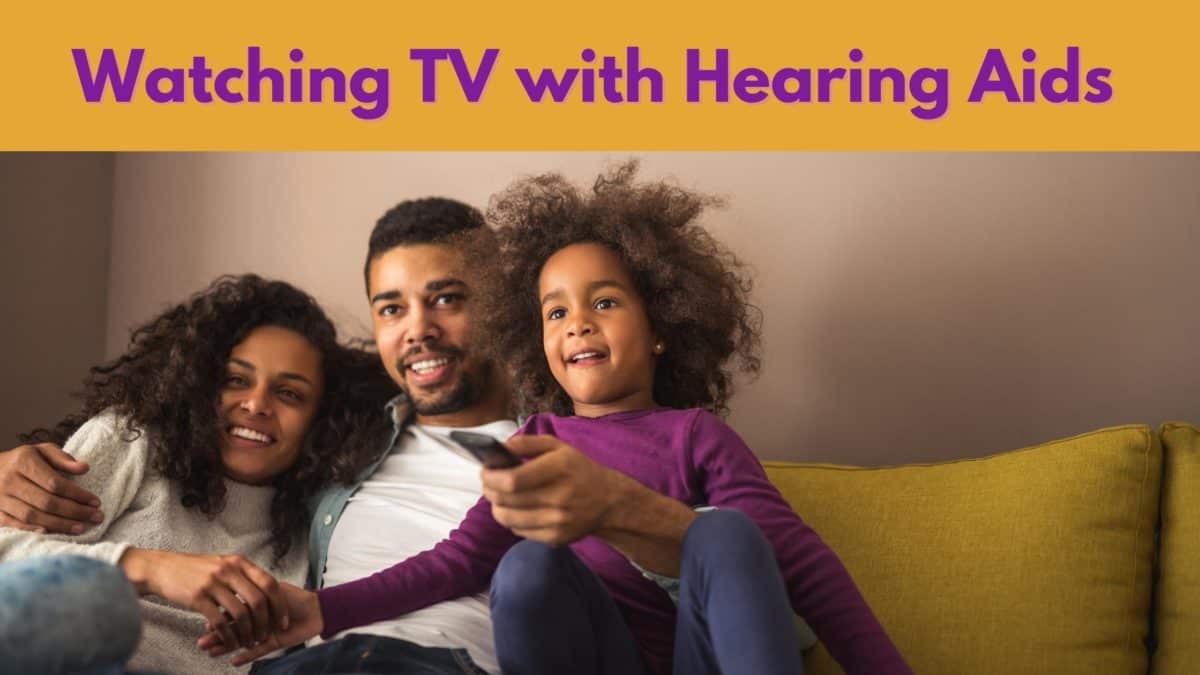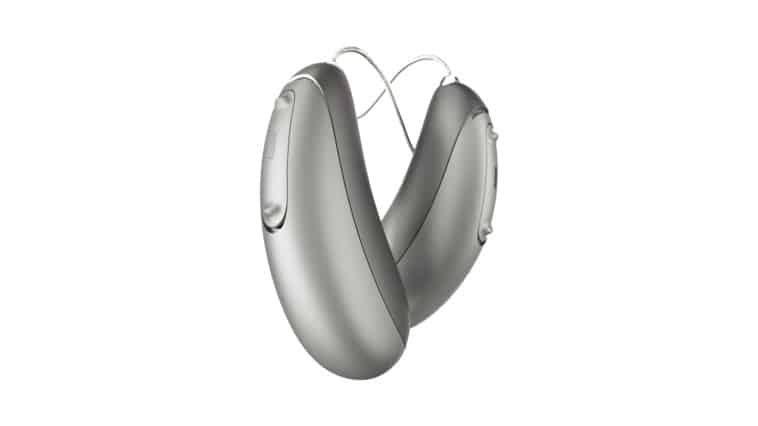0% financing available. Up to 3-year loss and damage guarantee.

Watching TV with Hearing Aids
- Navigating the Conversation: The Significance of Thoughtful Disclosure in Hearing Loss - December 10, 2023
- The Sound of Dreams: Understanding How Hearing Loss Impacts Dreaming - November 7, 2023
- Traveling Effectively with Hearing Aids - October 16, 2023
In the age of streaming, is there anything better than watching a new binge-worthy show with your family? But for people with hearing loss, this can be a sensitive issue. The volume is rarely loud enough to suit your needs, and if it is, then the people in the room with you complain that the volume is too loud for them. And for most cases of hearing loss, volume isn’t the problem so much as clarity. But, there are solutions! You might consider wearing you hearing aids to watch television, or using an audio assistive device.
Slip on wireless headphones
Most televisions have bluetooth connectivity, so you could just invest in a pair of wireless headphones. This is the simplest angle to take if pure volume or cancelling out background noise is what you’re after and you don’t need to accommodate any other viewers. If you’d like to crank the volume up high to suit your needs without disturbing others in your household, simply slip on a pair of wireless headphones and go to town.
Watch with others
Headphones won’t always work, though, especially if you’re watching TV with others. Hearing aids work really well for television viewing, even in their most conventional setting. Hearing aids are designed to amplify the sound coming directly in front of you and not sounds behind or around you. This is why they work spectacularly when you’re in one-on-one conversation, but perhaps not as well in a loud group dynamic or when someone is speaking behind you.
Your television volume can be at a level that accommodates your family, and your hearing aids can amplify that sound successfully to your needs.
Find a new program
If your standard setting on your hearing aids isn’t giving you the TV viewing experience you’re after, you might consult with your audiologist. They can work with you to create a new setting of levels in your hearing aid for a special program that best accommodates those family movie nights.
We flow in and out of different listening environments every day. Using different programs on your hearing aids can accommodate these transitions without very much heavy lifting from you. The program you use to easily navigate a board meeting is quite different from the best program for a night in with the television. If you’re unsure how to access these on your own, your audiologist can absolutely assist you.
Use your bluetooth connectivity
Now that more hearing aids are equipped with bluetooth technology, you can likely stream the television audio directly into your hearing aids! This also works with your smartphone or tablet audio. This is a great option because it eliminates background noise, like someone banging pots and pans in the kitchen or a conversation happening beside you. Instead, the only audio you want — that from the TV — is the only audio coming through your hearing aids.
Try a hearing loop
You might be more interested in the analog option. Hearing loops, or induction loops, have been around for a while. These loops work by setting up a magnetic field that can be caught by the telecoil found in hearing aids. If you don’t have a smart TV, these work really well and can be plugged into the television’s audio jack or might even use a small microphone placed near your television’s speaker. They might also include the use of a personal loop worn around the neck.
You could have already encountered hearing loops at the theater or another public performance. And, if you haven’t used this accessible hearing system in a public space before but encounter difficulty hearing at performances, do inquire as to their availability next time!
Use closed captioning
Closed captioning is an easy setting to access on your home tv. Used in conjunction with any of the above technology, it can really help enhance your experience watching TV. In fact, many folks without any hearing difficulties choose to use closed captioning at home. It can help clarify the words of softly spoken characters, or even decode a thick accent. And, it can help preserve hearing by bringing clarity without adding a bunch of additional noise.
Schedule a hearing test today
Of course, it’s important to stay on top of monitoring your own hearing health by getting an up-to-date evaluation. Making an appointment for a hearing test is simple, and you can work with a trained audiologist to explore which technology best suits your own hearing experience.

